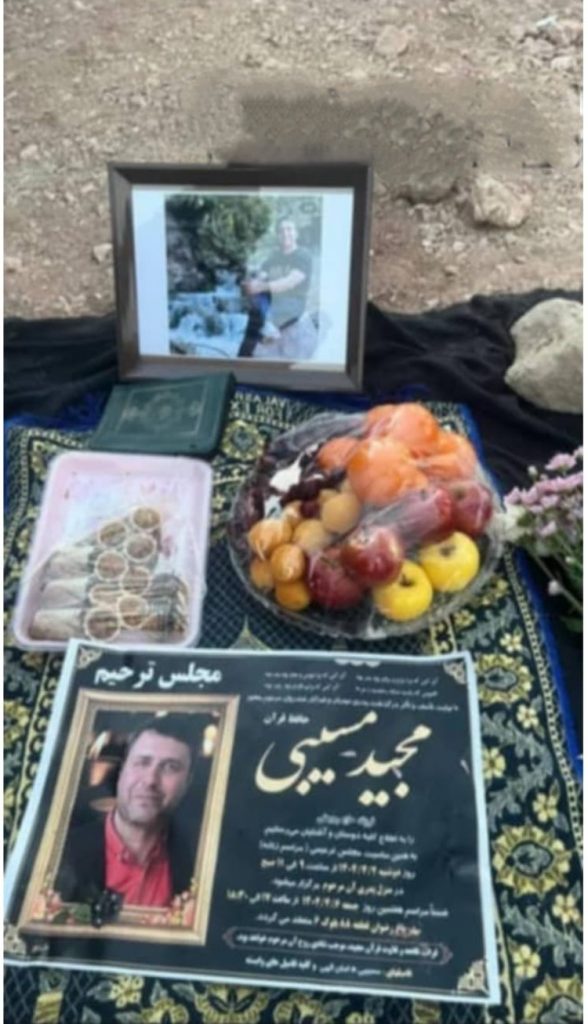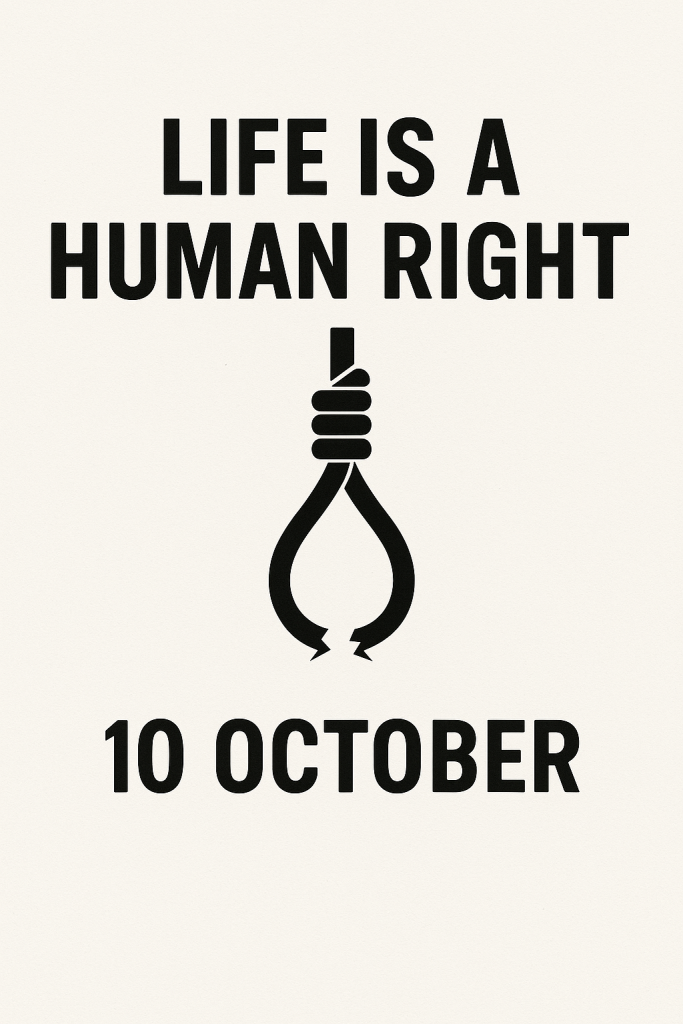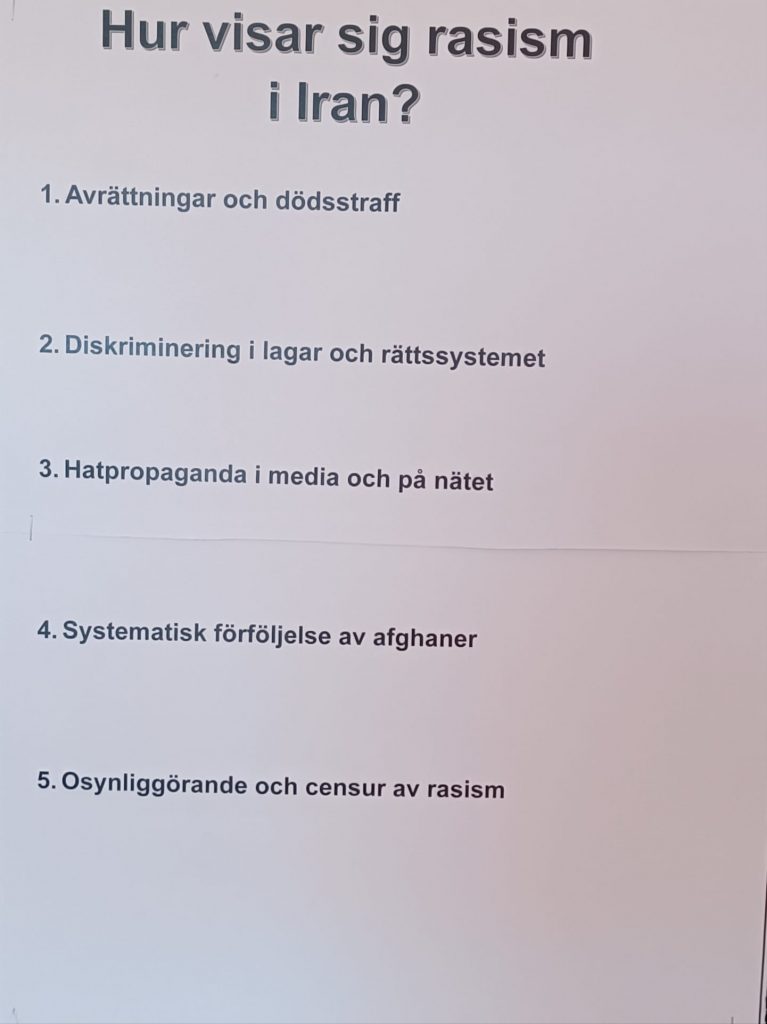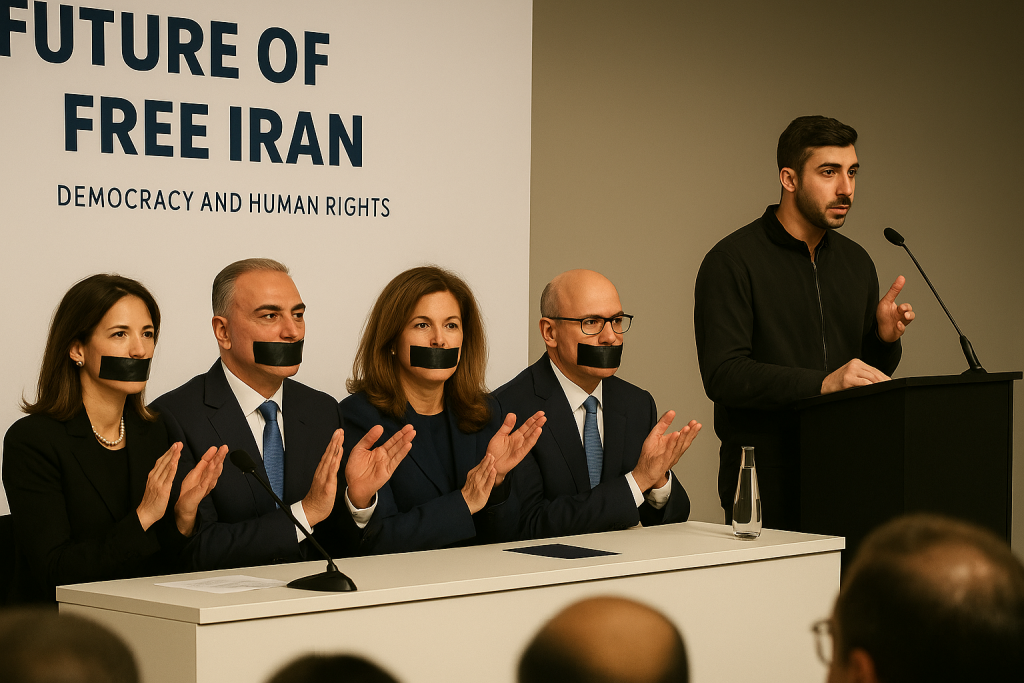Following Israel’s complex military operation inside Iranian territory on June 12, 2025, a wave of anxiety and confusion spread throughout both the domestic and international arenas. The deep penetration of Israeli intelligence into Iranian soil exposed—more than anything—the incompetence of the Islamic regime’s security apparatus. But instead of taking responsibility or addressing the failure, the regime resorted to its all-too-familiar tactic: domestic repression and executions designed to instill fear.
In the days following the attack, Iranian security officials and state-controlled media shifted blame away from their own institutions and instead pointed the finger at ordinary citizens, political prisoners, and civil society activists. State television issued threatening broadcasts, warning that unless “spies” turned themselves in, they would face the harshest possible punishment. These statements marked the beginning of a new wave of executions under the banner of “countering espionage”—executions that were less a product of legal due process and more an expression of a regime in panic, desperately trying to maintain control over public perception.
The First Victims: Silent, Nameless, Defenseless
On June 15, 2025, the execution of Esmaeil Fekri was announced—an individual who had been in custody since December 2023. The official charge was espionage for Mossad. However, he had previously been imprisoned on charges of moharebeh (enmity against God), and no information about his legal proceedings or defense was ever made available to the media or human rights organizations.
In the days that followed, Majid Mosayebi (executed on June 21), Mohammad-Amin Mahdavi Shayesteh (June 22), and Edris Ali, Azad Shojaei, and Rasoul Ahmad Rasoul (all on June 24) were executed under charges of “moharebeh and corruption on earth through collaboration with hostile foreign states in favor of Israel.”
No state-affiliated media outlet reported on any fair judicial process for these individuals. No one documented their defense, nor that of their lawyers—if they had any legal representation at all.
Framing a Life: The Case of Majid Mosayebi
On June 21, 2025, Iranian state media announced the execution of Majid Mosayebi accused of spying for Mossad. According to the official narrative, he was “identified and apprehended by the anonymous soldiers of Imam Zaman,” and the judicial process was said to have followed standard legal procedures.
The timing of the announcement—coinciding with the peak of Iran’s internal security crisis—immediately raised questions. Mosayebi was not known among political or security-related prisoners, and no human rights organizations had previously reported on his detention.
The only image ever released of Majid Mosayebi was a low-quality, tilted photograph of him in the standard blue-striped prison uniform—clothing typically used for security detainees in Iran. The photo, taken in front of a height measurement chart and a sign apparently belonging to a security unit, showed a man whose expression lacked all sense of calm—drained, exhausted, and under duress.
This photo is not evidence of guilt; it is a symbol of opacity. It is the transformation of a human being into a tool of intimidation. When a regime circulates a prison photo of someone before any transparent legal process has occurred, the real question is no longer what the accused has done—but rather, what the regime has done to them.
Televised Confessions After Death: Propaganda Beyond the Grave
On June 25, 2025—four days after the execution of Majid Mosayebi—the Islamic regime of Iran aligned Nikru[1] News Agency published a video showing Mosayebi “confessing” to spying for Mossad. In the footage, he appears subdued, speaking calmly, in what is presented as a voluntary admission of guilt. But the timing alone reveals everything: the regime aired this video after it had already executed him.
This posthumous broadcast was not a revelation of truth—it was a performance. A staged confession, produced for public consumption, designed to retroactively justify the killing of a man who was denied any real defense.
The Islamic regime of Iran has a long and well-documented history of using forced confessions—obtained under torture, duress, or psychological manipulation—as tools of propaganda. But airing such a “confession” after execution crosses a new threshold. It is an act not of justice, but of narrative control. It erases the possibility of rebuttal, silences any defense, and reduces the dead to symbols of state power.
Human rights organizations across the world have repeatedly condemned such tactics. In Majid Mosayebi’s case, this post-execution broadcast only reinforces what many already knew: that his trial was not about justice, but about spectacle—and that his voice was silenced long before his life was taken.
Majid Mosayebi: A Human, Not a Spy
Majid Mosayebi, son of Rajab, was born and raised in Dorcheh—a town located 8 kilometers outside of Isfahan. In his youth, he had joined the Basij, a state-affiliated paramilitary organization, but later shifted to a civilian life, working in the sales and repair of computers. He even traveled to China to receive training in digital data recovery, and eventually gained significant expertise in hardware, encryption, and cryptocurrency technologies.
He had been married twice and had two children from his first marriage.
According to those who knew him closely, Majid had for years maintained and serviced computer systems for various state institutions, including the judiciary, law enforcement, and even the Islamic Revolutionary Guard Corps. He was known as a social, fun-loving, and adventurous person—someone who enjoyed life and connected with all kinds of people.
A friend who had known Majid for many years shared:
“He became a victim of the tension and hysteria surrounding the current situation. Most likely, he got caught in the rivalries and internal conflicts among intelligence factions. Yes, he had interactions with intelligence circles, but I don’t believe he ever did anything that would warrant execution. He was a perfect scapegoat—someone the regime could sacrifice to display strength and intimidate the public.”
The same friend emphasized that Majid had been in prison for the past three years—well before the start of the Gaza war on October 7, 2023. He had no connection to recent conflicts or the Israeli attack. Yet his name appeared on the regime’s list of so-called “Mossad spies.”
In fact, shortly before the Israeli attack on Iran, Majid was due to be granted temporary leave from prison on bail. His family had hoped that this furlough might lead to a permanent release. But that moment never came.
No Body, No Mourning: The Silencing Continues

Majid Mosayebi’s body was buried just hours after his execution—without prior notice and without the presence of his family—at Bagh-e Rezvan Cemetery in Isfahan. His brother Mohammad was unaware not only of the execution itself, but even of the location of Majid’s burial until after it had already taken place.
Before the burial, officials briefly showed Majid’s body to his brother inside an ambulance. He was then immediately buried, with no access granted to his wife, children, or other close relatives.
The family and friends were explicitly forbidden from holding any funeral or mourning ceremony. They were told directly: “You are not allowed to hold any form of memorial.”
Despite threats from the security forces, some of Majid’s relatives and friends printed a small announcement, inviting people to gather at his gravesite on Friday, June 28, 2025 (6th of Tir 1404). Though members of the Basij and government agents quickly moved to remove the notices posted across the city, dozens of people quietly gathered—at a distance from the cemetery, where Majid was buried.
In silence, they stood with his family. In defiance of fear, they mourned.
These Executions Are Neither Justice Nor Security
The case of Majid Mosayebi—like dozens, if not hundreds, of others—reveals how the Islamic regime of Iran responds to moments of political crisis not with transparency or accountability, but with repression and executions. These killings are never a path to resolution; they are merely fuel for the endless machinery of violence.
Majid’s execution was not a judicial process—it was a performance of fear, a calculated act of political vengeance. The secrecy of the execution, the humiliation in burial, and the suppression of mourning are all symptoms of a regime whose justice is rooted not in truth, but in domination.
Majid was a computer technician, not a spy. But in a system where justice is distorted, truth has no place. Silence in the face of such executions is complicity.
Let us be the voice of the Majids—before their names are erased from public memory forever.
[1] https://www.aparat.com/v/eei9d3b


